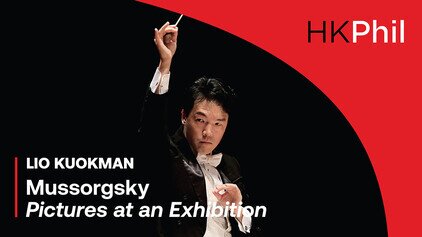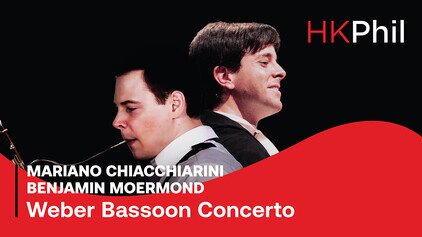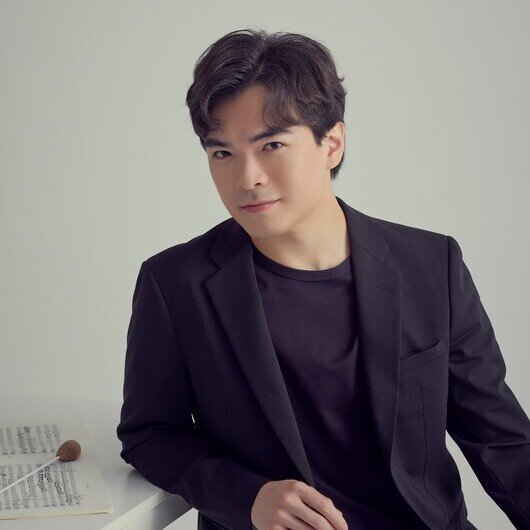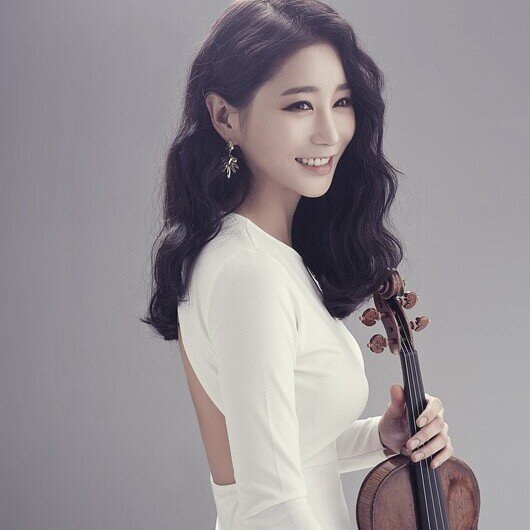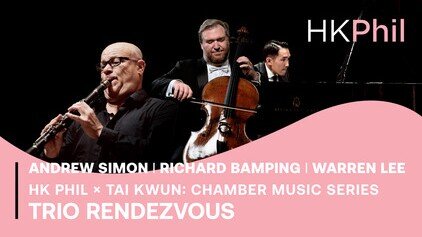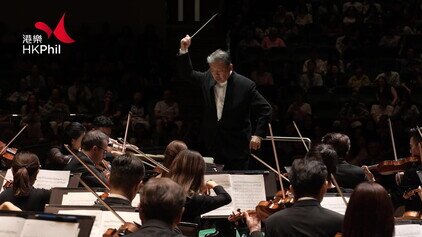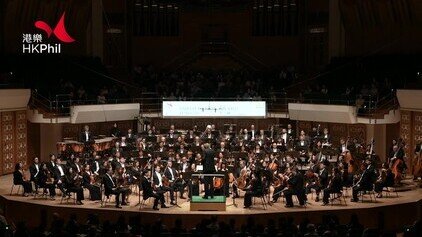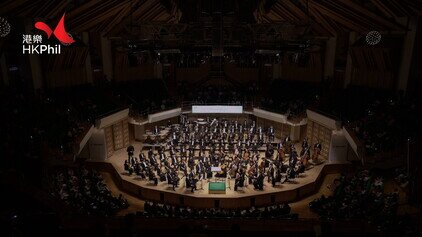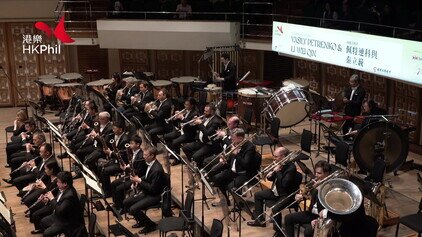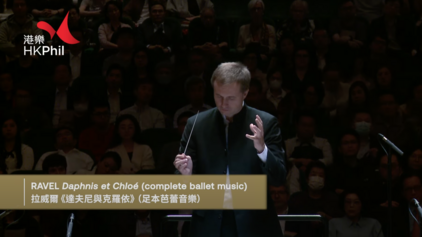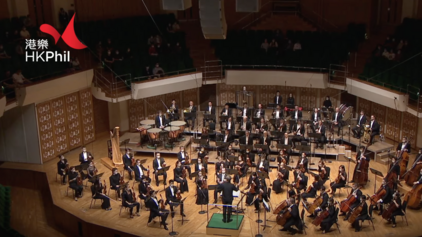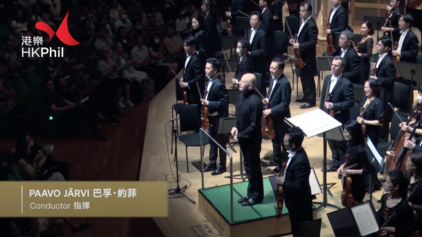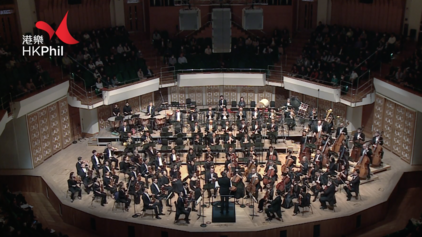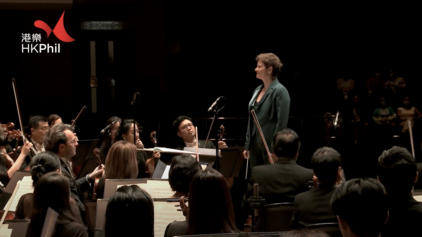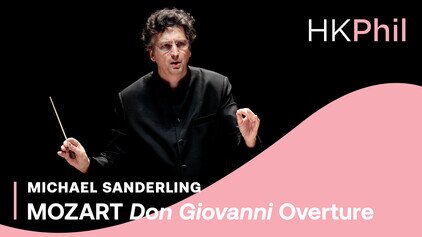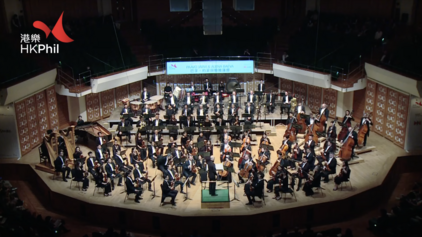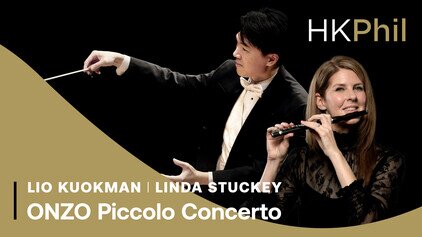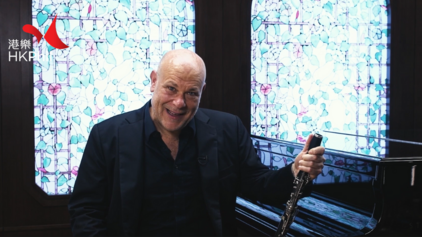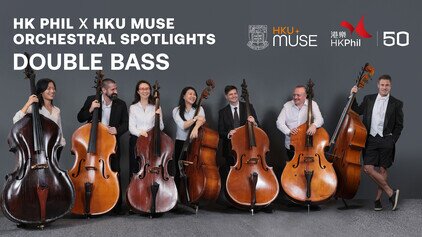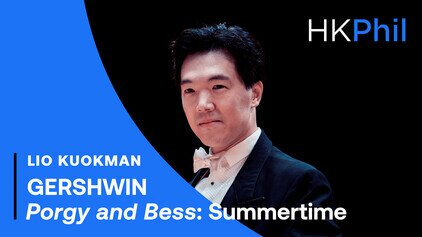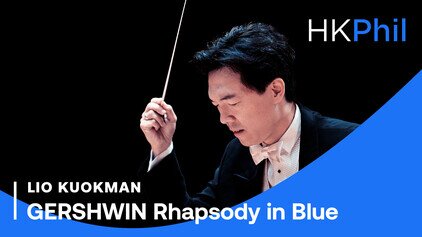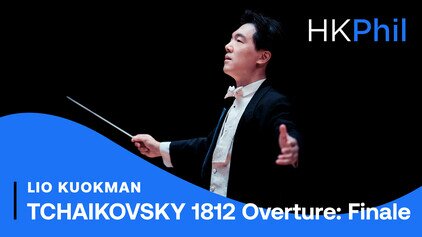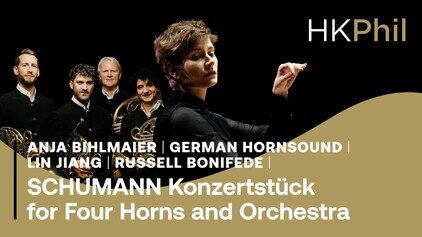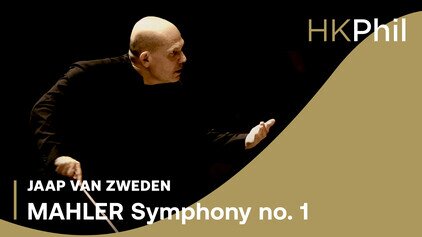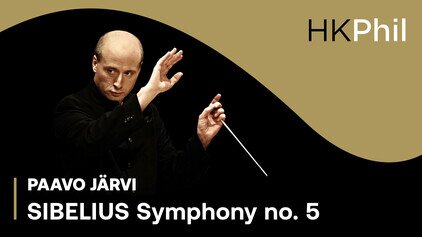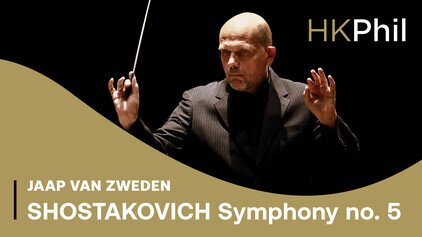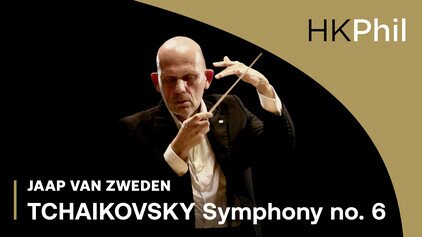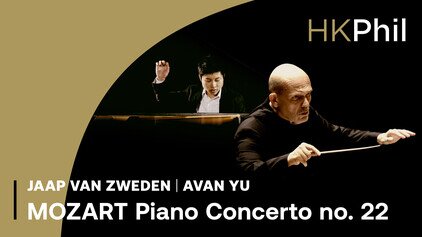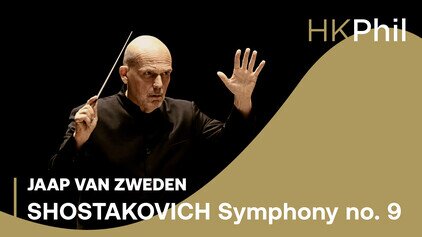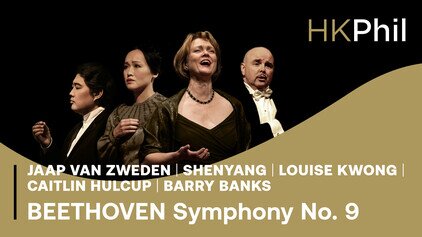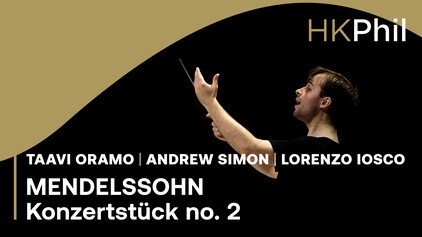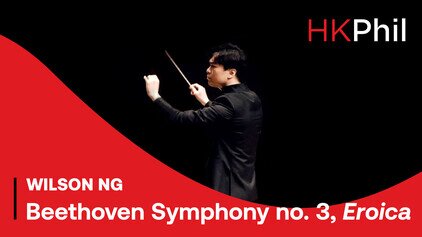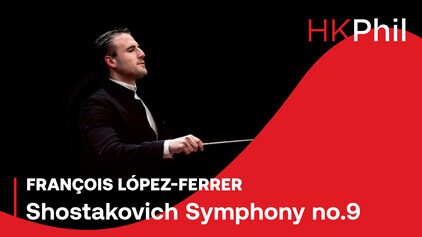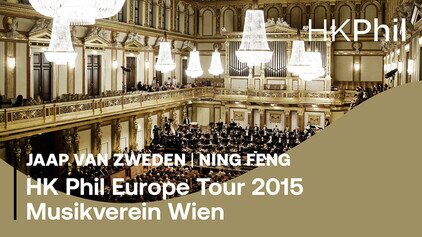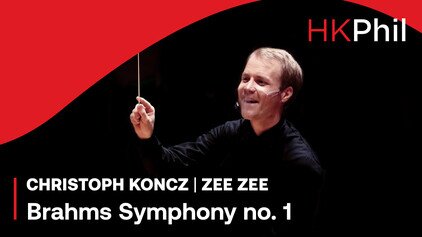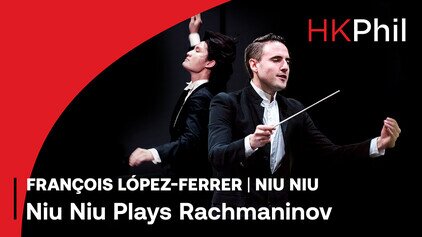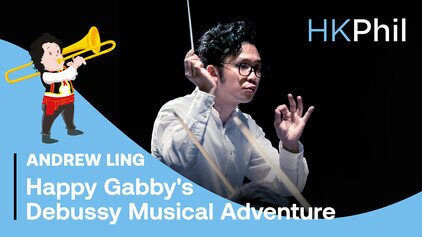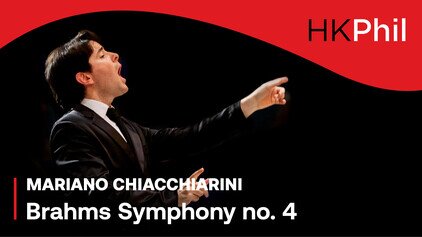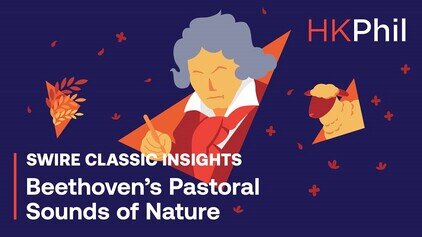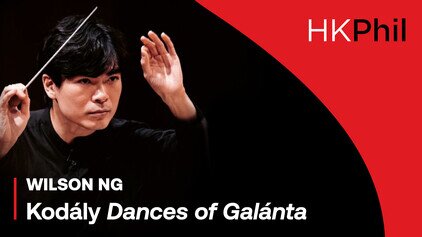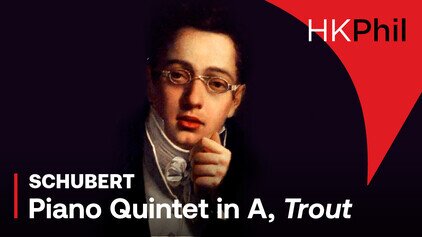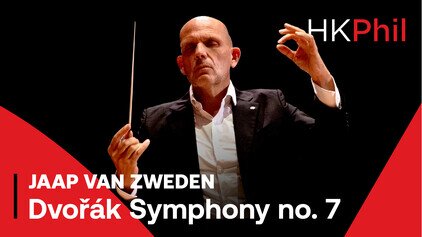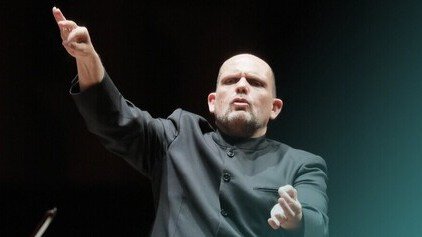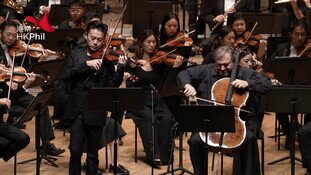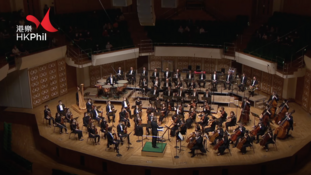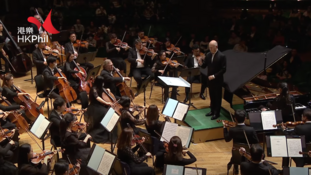BRUCH | Violin Concerto no. 1
PROGRAMME
MAX BRUCH (1838-1920)
Violin Concerto no. 1 in G minor, op. 26
- Vorspiel: Allegro moderato
- Adagio
- Finale: Allegro energico
THE COMPOSER
Max Bruch was born in Cologne on 6 January 1838. He was something of a child prodigy who was encouraged in his pursuit of a musical career by his mother, a well-established music teacher and soprano. His first compositions, which included an overture and some chamber works, date from around the time of his 11th birthday and in 1852, at the age of 14, he was awarded the Frankfurt Mozart Foundation Prize for his first symphony and for a string quartet, and, at the age of 20, his first opera was staged in Cologne. Two more operas, a dozen cantatas and around 100 other choral and vocal works followed and his reputation spread to the UK where he was awarded an honorary doctorate from the University of Cambridge. Following his death in Berlin on 2 October 1920, his reputation quickly fell into decline. Today he is remembered almost exclusively for the first of his three violin concertos.
THE BACKGROUND
The First Violin Concerto was composed when Bruch was 26 and it was a source of deep dissatisfaction to him that he was never able to repeat its phenomenal success. He was dogged by its success everywhere he went. A visit to Italy some 40 years after the concerto's composition was typical: “There they all are,” Bruch wrote angrily to a friend, “at every street corner, ready to play me my first concerto. The devil with the lot of them! As if I hadn’t written other, equally good concertos.” Its early history, however, was not marked by success. Completed in 1864, it had to wait two years for its premiere – on 24 April 1866 at an Evangelical Women’s Society concert in Koblenz, Germany with the composer himself conducting and Otto von Königslöw as the soloist – and that was not an unqualified success. In a bid to improve it Bruch sent the score to the celebrated Hungarian violinist Joseph Joachim who advised him to make a number of revisions, and once Joachim had premiered the revised version of the work (in Bremen on 5 January 1868) it entered the popular repertoire, where it has remained ever since.
THE MUSIC
The reasons for the concerto’s success are not hard to find. The three movements run without a break. The first movement opens in a subdued manner, the violin emerging from the briefest of hymn-like introductions, which then leads into the principal theme, a melody of real emotional power, given out by the soloist in double-stopping above a dramatic accompaniment in the low register of the orchestra. From the sheer dominance of the solo violin, its clever mix of virtuosity and soul-searching lyricism, we can make a pretty safe guess that the hand of Joachim had a large part to play here. The deeply-moving, dreamlike second movement again gives the solo violin the dominant role, this time exhibiting its rich middle register in a melody of unusual beauty. This is accompanied by an orchestra principally using wind and lower strings, giving the soloist ample scope to display the full range of the violin’s lyrical qualities without fear of being submerged under the weight of orchestral violins. A barely perceptible pause precedes the third movement, an energetic Finale beginning with a thrilling orchestral crescendo leading up to the soloist’s entry: a virile, angular Gypsy-style theme (Joachim was proud of his Hungarian ancestry) which hops and skips about occasionally whipping the orchestra up into a kind of benign frenzy.
Programme notes by Dr Marc Rochester
ARTISTS
SUPPORT THE HK PHIL'S ONLINE PROGRAMMES
The Ambassador Fund allows the orchestra to produce various online programmes, keeping our connection with the communities. The HK Phil has released over 80 online programmes and garnered over 1.5 million views since the pandemic. Your donation supports production costs incurred and helps us share music!
All Performances
Other videos in this series


